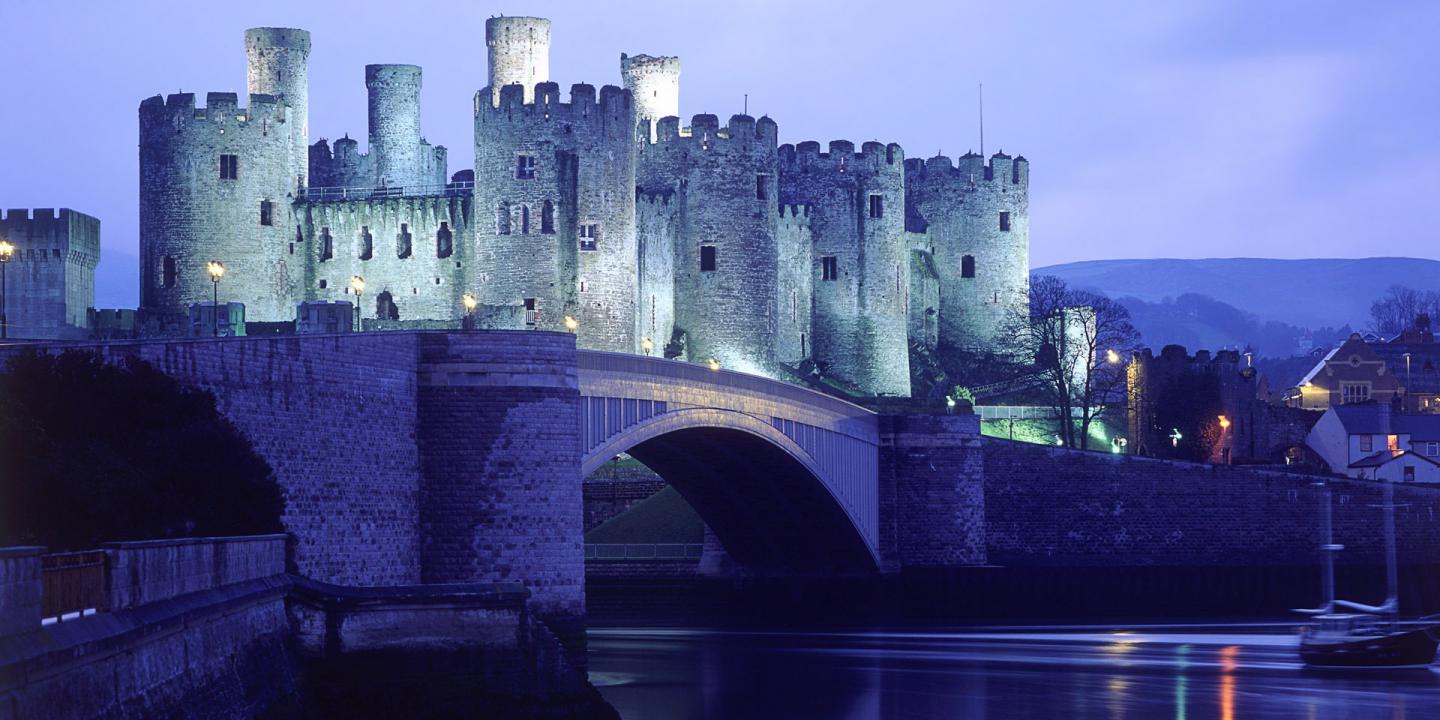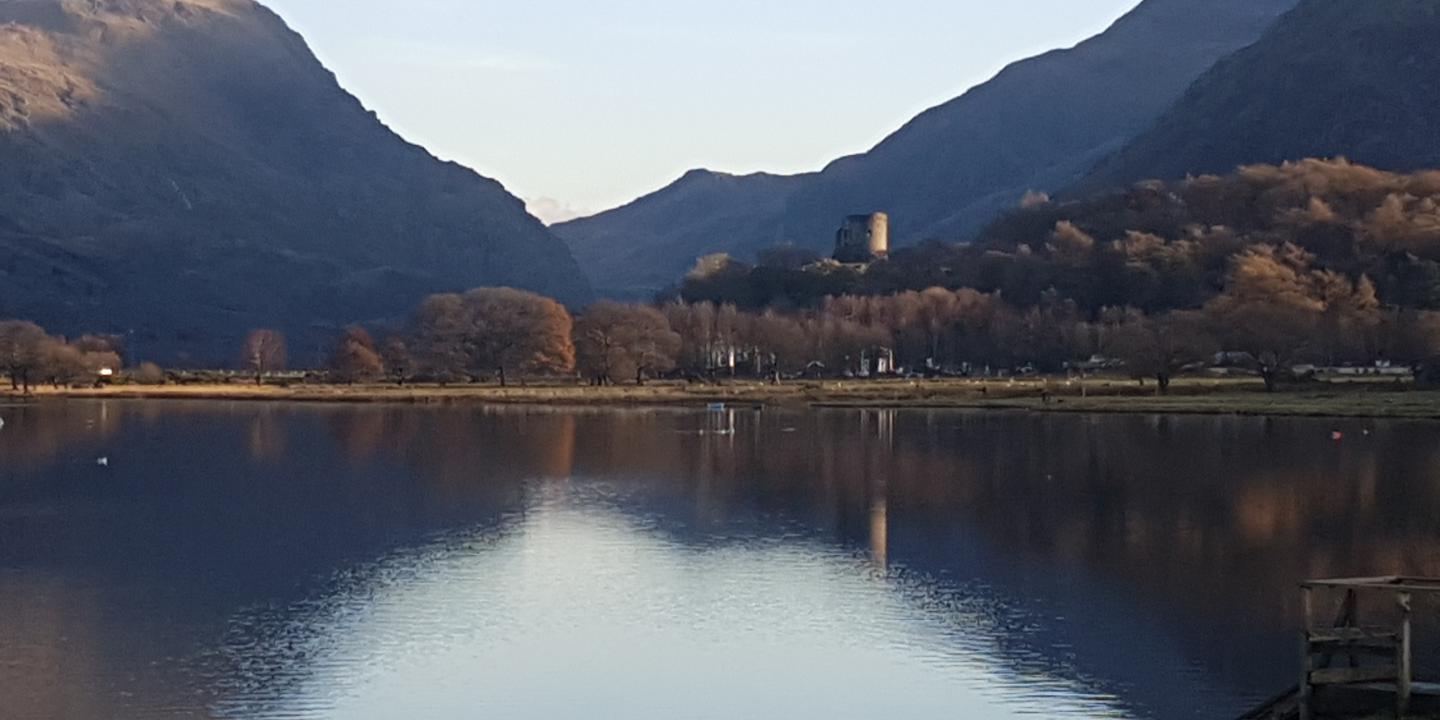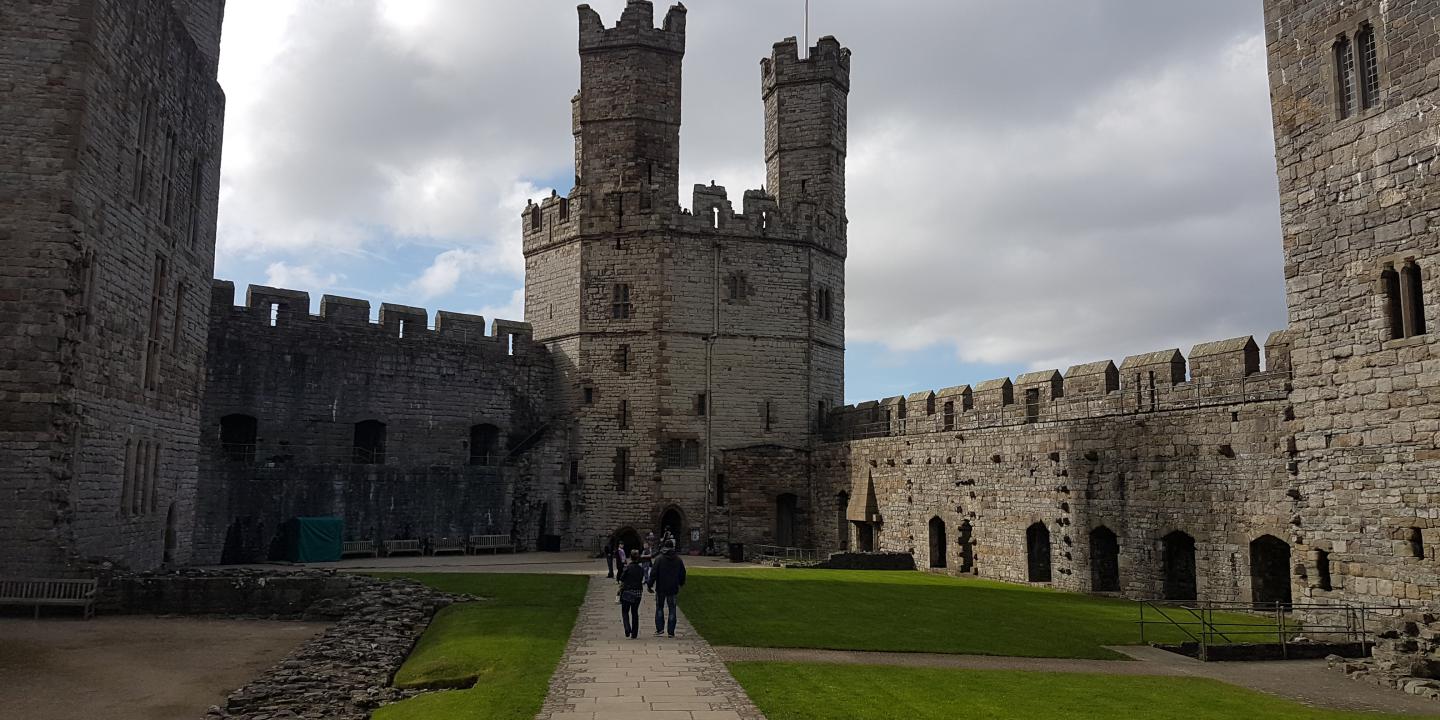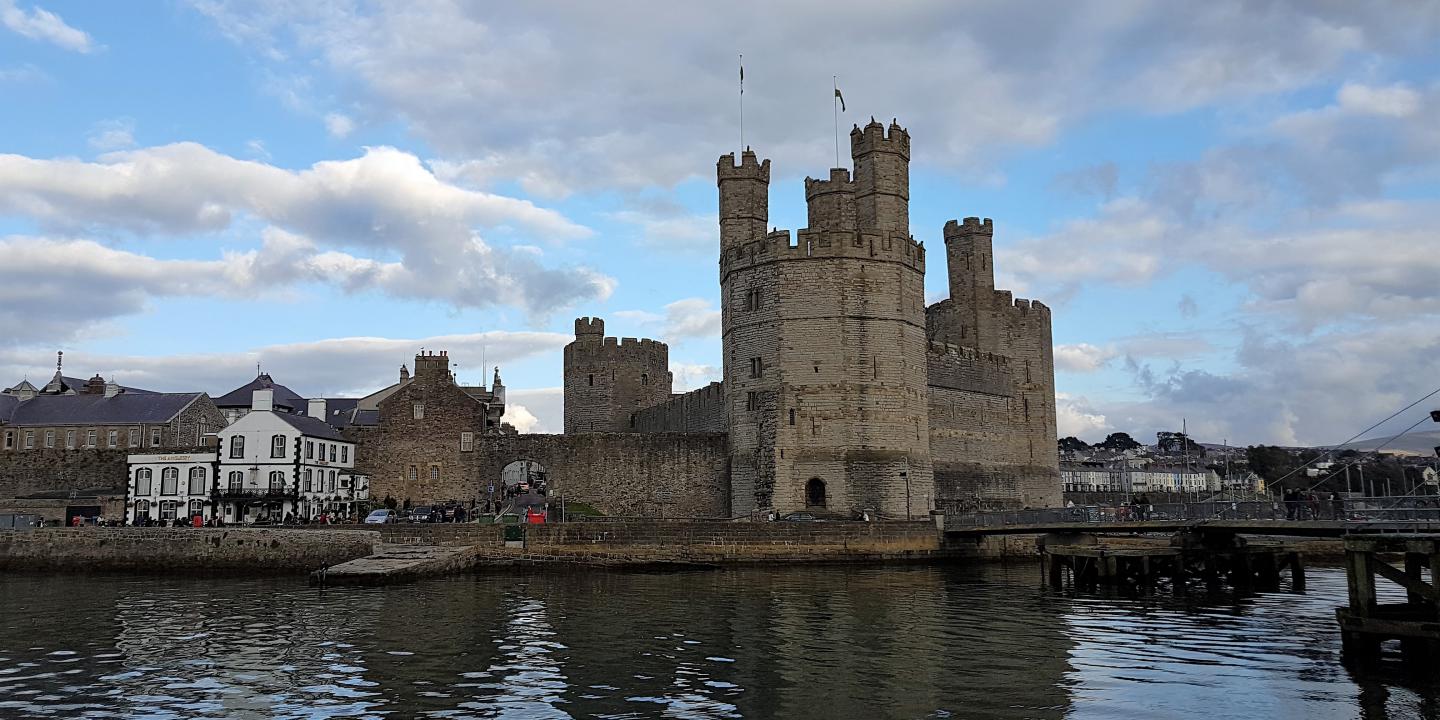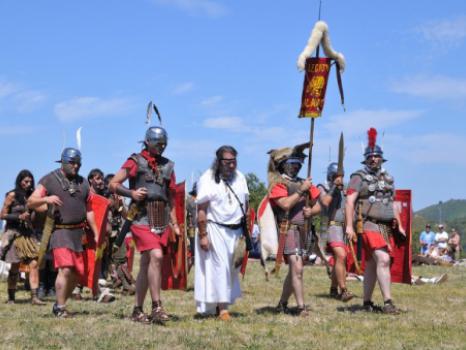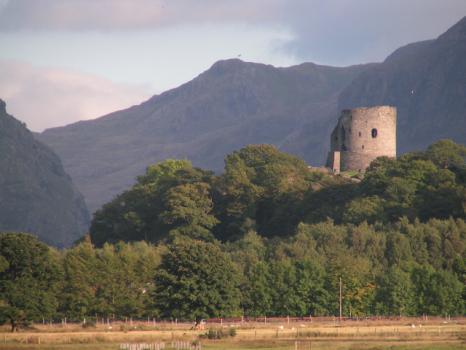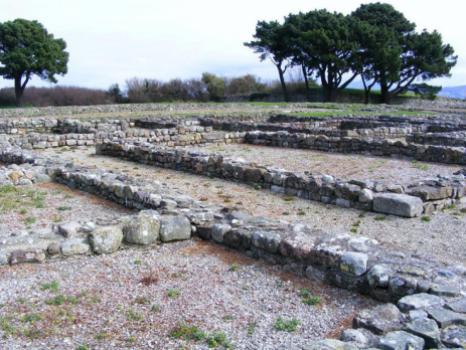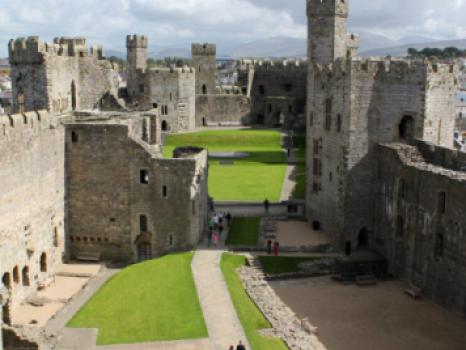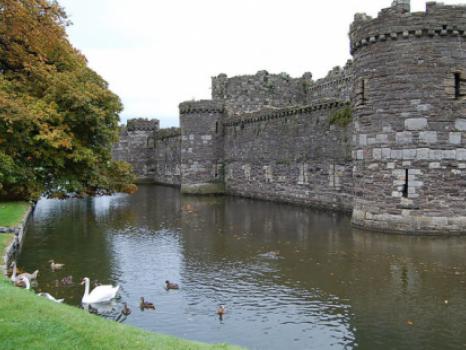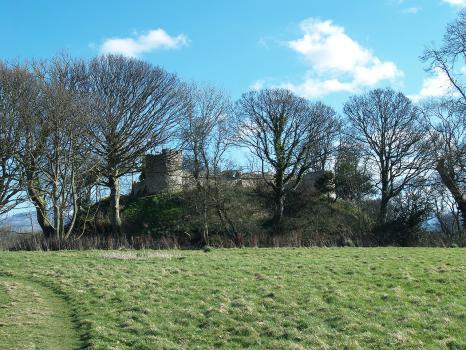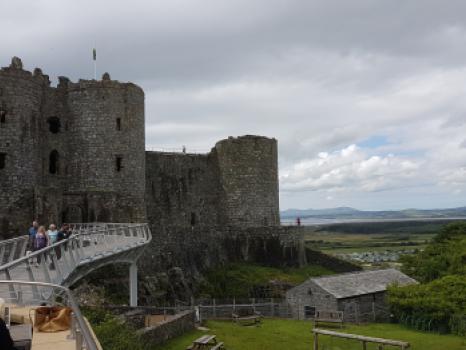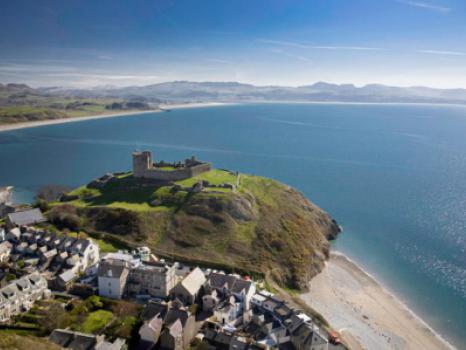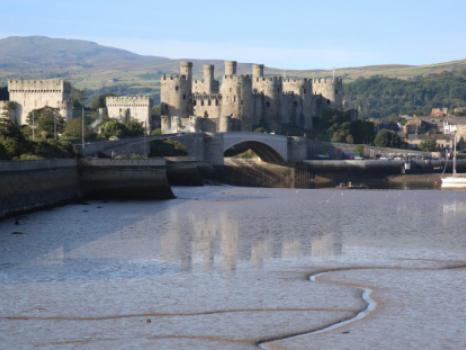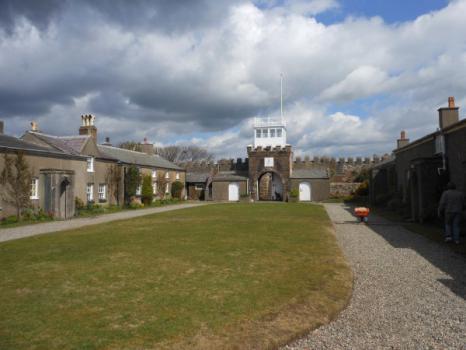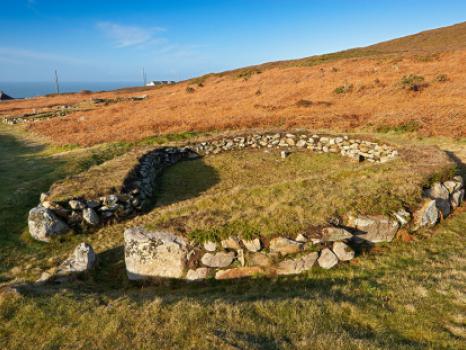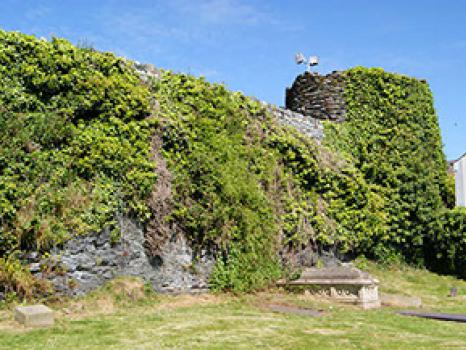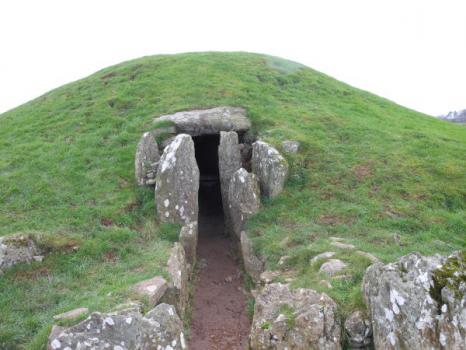Castles North Wales Tour - a two-day tour
An amazing opportunity for you to enjoy the beautiful sights and captivating landscape of this intriguing, diverse countryside from the beautiful mountainous landscape of Snowdonia to the mythical charms and hidden secrets of the Isle of Anglesey.
The emphasis of the tour will be on the spectacular Edwardian Castles erected as part of the Norman Conquest and the lesser known castles built by the Welsh Princes. This enthralling experience will also take you further back in time as we visit the remains of some Roman and Celtic Fortresses and other dwellings.
Castles North Wales Tour - Three-day option
If three days are available for touring, we can include visiting castles such as Flint, Rhuddlan, Denbigh etc as an addition to our standard two-day tour.
FACT: Wales has more castles per head of population than anywhere else in the world, these ‘fortified’ buildings were not haphazardly constructed, there was a reason why they were designed and located where they are…… join the tour and find out more.
We can include visits to
- Caernarfon Castle
- Conwy Castle
- Beaumaris Castle
- Dolbadarn Castle
- Harlech Castle
- Segontium Roman Fort
- Fort Belan
- Din Lligwy Celtic site
- Holyhead Mountain Celtic settlement
- Gwydir Castle
- Bryn Celli Ddu
- Roman Fort at Holyhead
- Various battle sites
- Owain Glyndŵr story, last native Welshman to hold the title Prince of Wales
Tour information
Is this tour only being offered as a two-day event?
The locations listed can only be visited if two days are allocated, we can create a shortened one day tour or even extend the number of days.
Does this tour involve a lot of walking?
Getting to some of the sites does involve some non-strenuous walking, however like all of our tours they are custom built to your requirements.
What is the best location to book our accommodation for this tour?
We would recommend a central location, please see our Accommodation section on our Information page.
How do we enter the castles, do we need to pay?
Most of the castles are maintained by Cadw, part of the Welsh Government and there is an entrance fee. Please visit http://cadw.gov.wales. We can advise you on the best deals when you book your tour with us.
Is this also a sightseeing tour, will we see the scenic locations as well as castles?
Yes, as we visit the castles and other sites we will be travelling through scenic Snowdonia & Anglesey
Start your journey.
Get in touch ↓
Our clients love this tour!
"Very Enjoyable Tour!!
Our guide was so great! We booked a 2-day castle tour and the tour absolutely exceeded our expectations. We saw various historical sites around Wales and our guide gave so much information about each place. Not only facts about what happened but also myths/legends and how they came to be. Without question, we would definitely book with Celticos again!"
